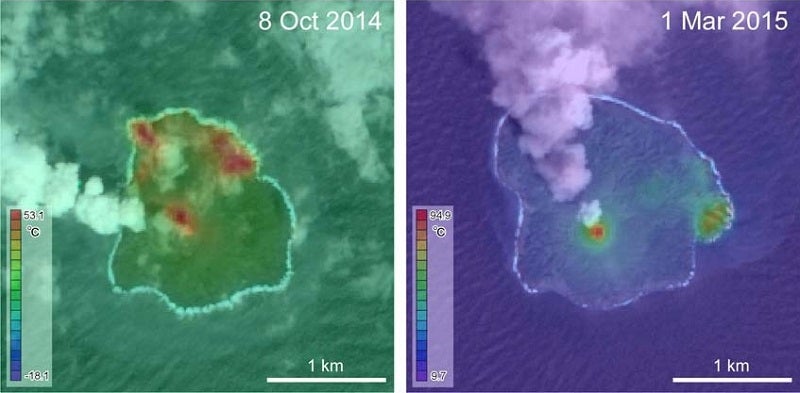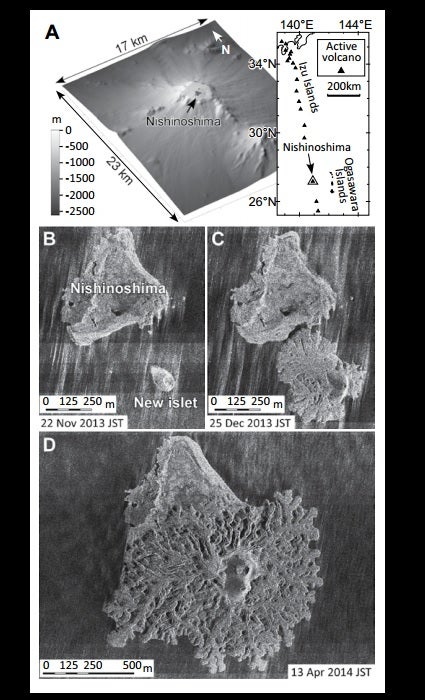Jerome Burg
March 3, 2016 12:43 PM
Global education has the ability to engage students by helping them see the real-world connections and applications of what they are learning in the classroom. Today, Jerome Burg, founder and president of GLT Global ED and Google Lit Trips, explains how Google Earth is a great tool to bring literature to life.
The flexibility of digital mapping introduces unprecedented interactivity that is rapidly disrupting the usage of traditional static printed maps. With a single digital map we can now choose a global view, a regional view, or a street view. We can personalize our relationship to, and understanding of, the world within which we exist. We can become explorers, cartographers, creators, disseminators, and consumers of immersive interactive global geo-spatial information.
The
Google Lit Trips project was born from curiosity: could Google Earth be conducive to creating an immersive interactive experience that could enhance student engagement by adding real world relevance to fiction and narrative nonfiction? Would it be possible to virtually allow students inside the story to interact with stories set in the real world, where readers become virtual traveling companions of the characters? If so, this might enhance the reader's intellectual and emotional understanding of the human condition as experienced by the characters as well as their own understanding of it.
Setting the Virtual Stage
Google Earth, through the power of suspension of disbelief, allows students to virtually feel as though they are inside, and interacting with, the story. For example, by tilting and reorienting the view away from the traditional bird's eye view to one more like a first person perspective, the reader can virtually see the world from the character's point of view.

Traditional mapping view of road to Jalalabad with Bird's Eye view and North at the top.
 Virtual view of road to Jalalabad with tilted view and reoriented direction of travel is at the top.
Virtual view of road to Jalalabad with tilted view and reoriented direction of travel is at the top.
The images above show a very different view of the area of road from Kabul to Jalalabad through which Amir and Baba traveled in Khaled Hosseini's The Kite Runner. The image on the top, though bringing the wonders of satellite technology into play, in reality does little to create an immersive engagement. There is neither a sense of the look and feel of the land nor even of the direction of travel. Thus viewers are unnaturally distanced from the experience the characters are having.
But the image of the same location on the bottom, when tilted and reoriented, adds a 3D dimension to the traveling experience. Readers find themselves virtually looking through the windshield seeing the terrain as the road ahead winds through the treacherous Khyber Pass in the distance and the unknown beyond.
Among Google Earth's additional resources to set the stage for a "journey," is the ability to zoom out to reveal more geo-context similar to a long shot used in films or to zoom in as close as a photographic street view, to emphasize detail similar to a close up shot used in film. Google Earth's animation of the movement from place to place mirrors the sensation of actually traveling alongside the characters.
The effect can be similar to the
willing suspension of disbelief experienced when readers are thoroughly engaged in a story. Even though they know they are not, readers temporarily allow themselves to feel as though they are in the same place, at the same time, facing the same challenging circumstances as the characters. The likelihood that readers will more readily experience empathy for their traveling companions' circumstances increases.
However, the primary benefit in "virtualizing" story locations, aside from the obvious benefit of blending relevant geography curriculum goals with those of literary reading, is a plot-level engagement. Essentially, it immerses student attention in connecting place to plot.
Placemarks, Popups, and Pedagogy
The challenge then becomes, to what extent is it feasible to virtualize student engagement with the story's themes, making it possible to create a learning experience where students feel as though they are explorers discovering the story's relevance in their own lives.
To this end, we turn to the power of placemarks. In Google Earth the traditional static yellow pushpin place markers become dynamic content-rich, "just-in-time" exploration opportunities.
It is the placemark popup windows that carry the pedagogical focus of a Lit Trip. Placemark content can take advantage of journey literature's unique blend of fact and fiction by intentionally exposing characters to real-world history, traditions, and cultures beyond the world they had known. Similarly well-designed popup window content can personalize student engagement with a story's themes, engaging readers in learning that expands their global awareness via seamless blends of literary and informational readings, and with cross-curricular and cross-cultural virtual encounters of their existing and newly discovered understandings of the human condition.
Our goal is to create immersive placemark popup content that offers intrinsic motivations to stop and linger as students are invited to explore within, as well as beyond, the story's themes, discovering for themselves the intrinsic rewards to be found by venturing into their personal
zones of proximal development.
Higher-level discussion starters replace plot-level questions, which too often redirect student attention toward only wondering what will be on the quiz, with interesting opportunities for students to connect their personal introspection and reflections upon a story's themes.
Text, media, and internet links can be brought together in Google Earth placemark popup windows to extend the virtualization experience well beyond virtualizing the locations alone.

The first location placemark in "Abuela," by Arthur Dorros.
In the children's book, Abuela, by Arthur Dorros, Rosalba, who grew up in New York City, shares that her abuela (grandmother) immigrated to New York City after having grown up in Puerto Rico. For this reason, the first placemark view is set to a long shot so that students can see the geographical relationship between Puerto Rico and New York City. The story mirrors elements of the multi-generational and multi-cultural immigration experience common to people of many cultures.
Students can watch a video about the annual Puerto Rico Day parade where they see people of Puerto Rican heritage and of many other cultures celebrating the music, dress, and customs of Puerto Rico. Students are also invited to explore the
Time for Kids Around the World Puerto Ricosite for information about Puerto Rico where they can explore some of the similarities and differences between Puerto Rican culture and their own.
In another placemark students are encouraged to identify common words that are actually Spanish words and to guess the meanings of a few Spanish words they may not know. In that placemark they find links to this
Spanish for Kids site. Another appropriately focuses upon the Statue of Liberty and includes a 360° aerial tour of the statue.
In Google Lit Trips, the traditional, single-subject curricular focus becomes a virtualized cross-curricular and cross-cultural immersive multimedia experience connecting students' personal lives to the lives of characters from our shared global literary heritage. In short, Google Lit Trips provides a venue in which students can explore and discover for themselves the answer to that old question: "What in the world does this story have to do with anything I care about?"
Related Resources
RSA ANIMATE: Drive: The Surprising Truth about What Motivates Us. The RSA.
YouTube. Adapted from Dan Pink's talk at the RSA, illustrates the hidden truths behind what really motivates us at home and in the workplace.
Christensen, Clayton M., Michael B. Horn, and Curtis W. Johnson. Disrupting Class: How Disruptive Innovation Will Change the Way the World Learns. McGraw-Hill, 2011. Print.
GLT Overview: Animation Demo. GoogleLitTrips. Vimeo Video. Video uses a single placemark from the Google Lit Trip for The Kite Runner to demonstrate the look, feel, and basic design of Lit Trip popup windows.
Follow
Jerome and
Heather on Twitter.
Images courtesy of the author.
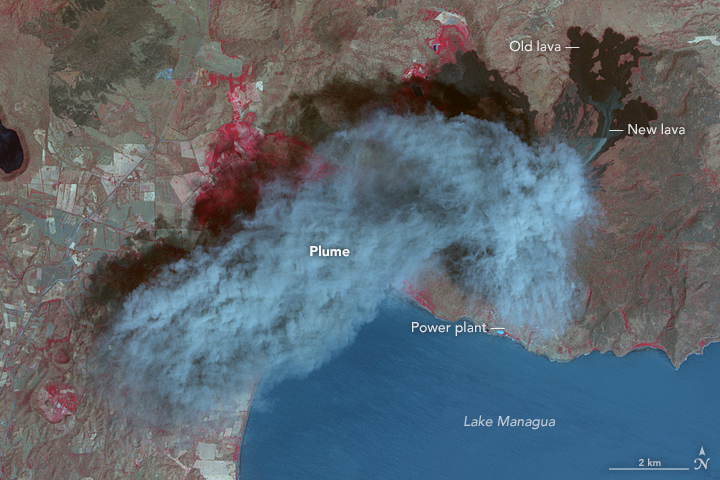
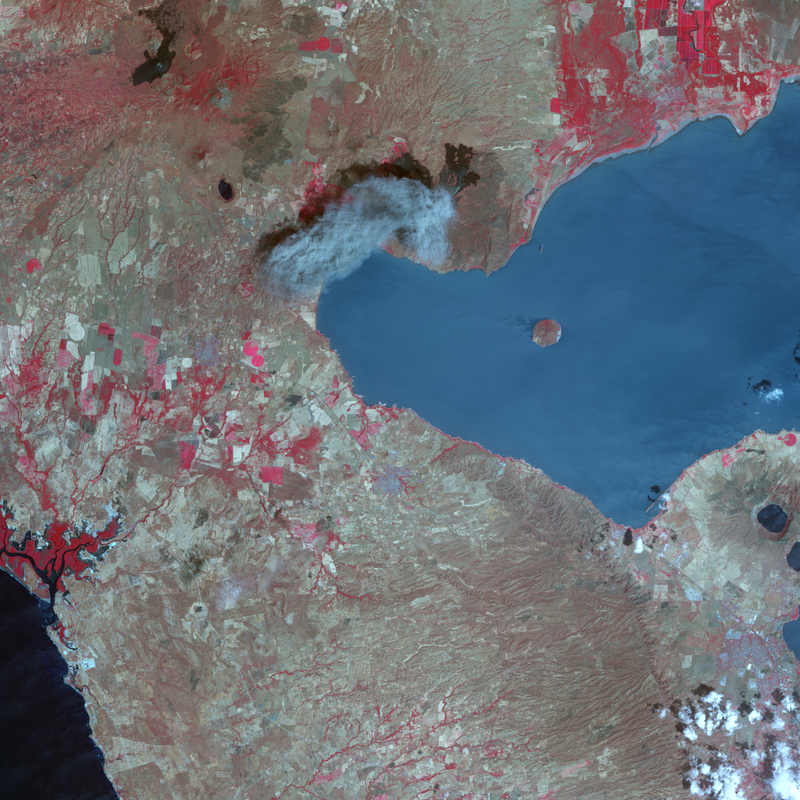
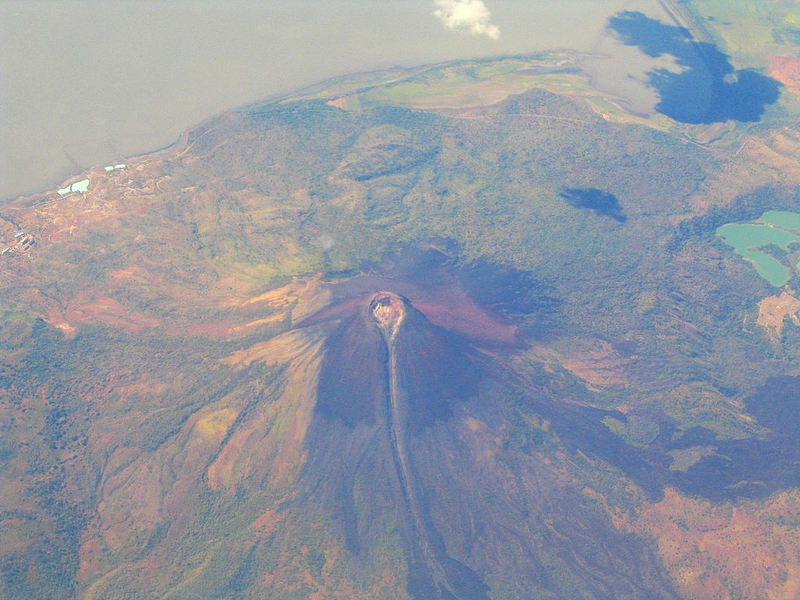 Image credit: CC BY-SA 3.0
Image credit: CC BY-SA 3.0










